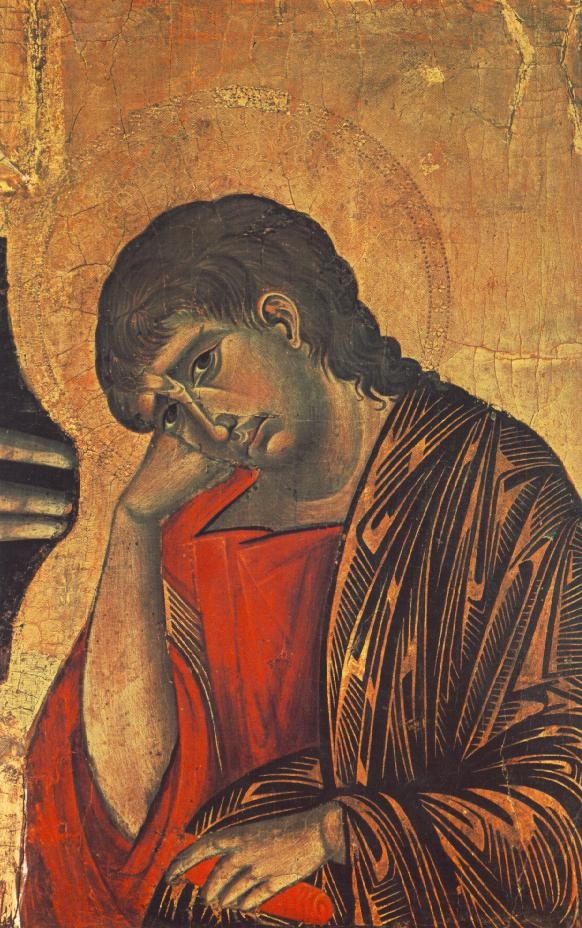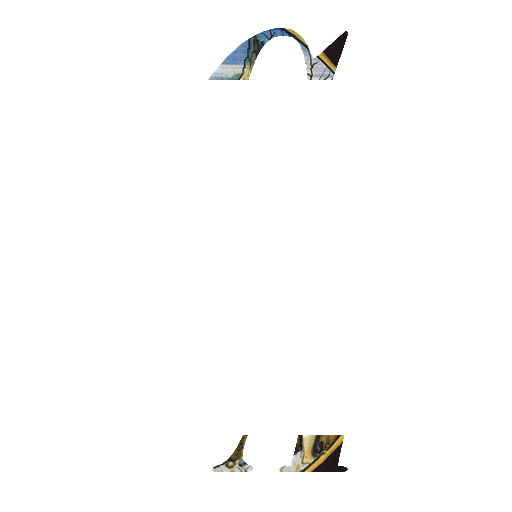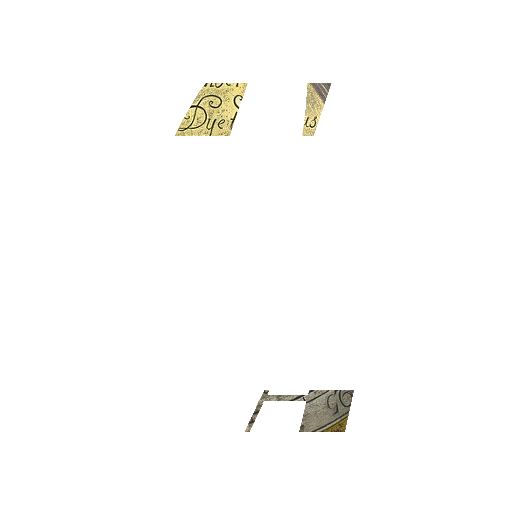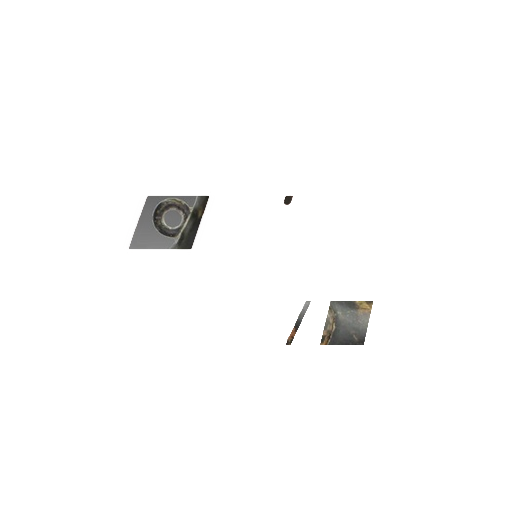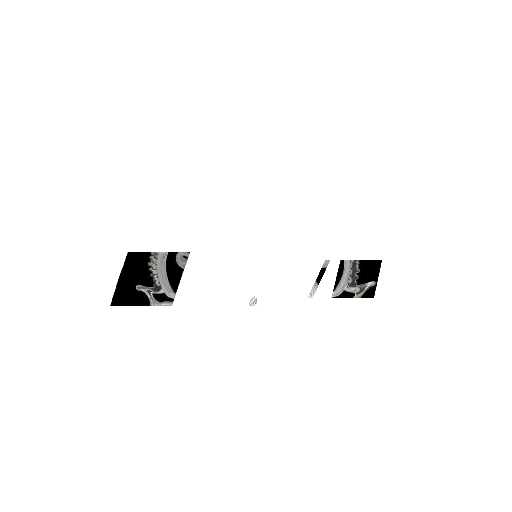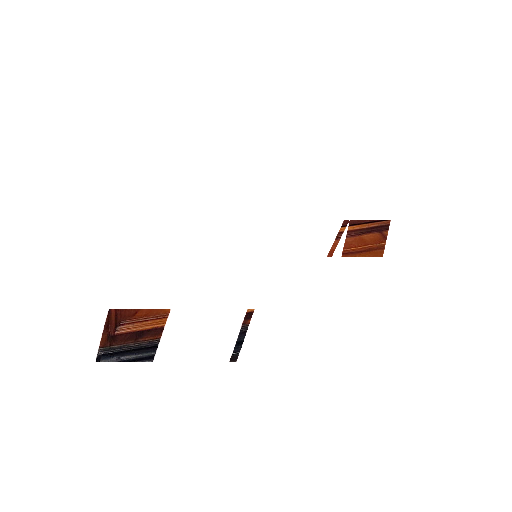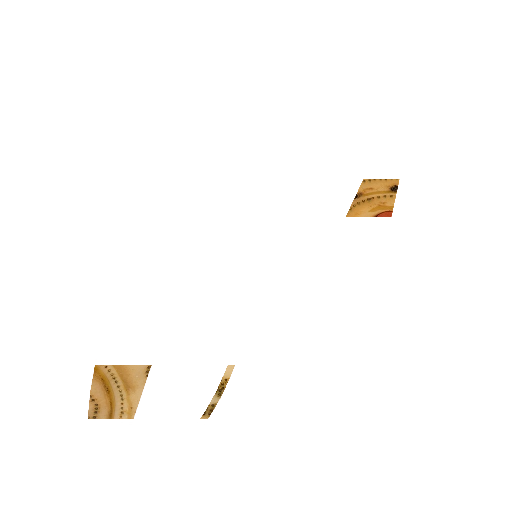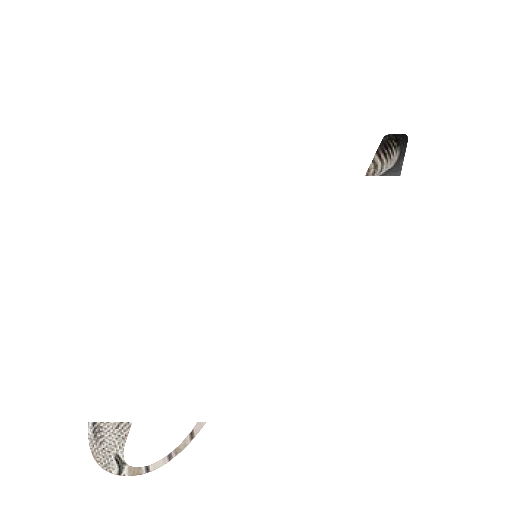Cimabue (Italian; c. 1240 – 1302), also known as Cenni di Pepo or Cenni di Pepi, was a Florentine painter and creator of mosaics.
Cimabue is generally regarded as one of the first great Italian painters to break from the Italo-Byzantine style, although he still relied on Byzantine models.[4] The art of this period comprised scenes and forms that appeared relatively flat and highly stylized. Cimabue was a pioneer in the move towards naturalism; his figures were depicted with more lifelike proportions and shading. Even though he was a pioneer in that move, his Maestà paintings evidence Medieval techniques and characteristics. According to Italian painter and historian Giorgio Vasari, Cimabue was the teacher of Giotto, the first great artist of the Italian Proto-Renaissance.
Owing to little surviving documentation, not much is known about Cimabue's life. He was born in Florence and died in Pisa. His career was described in Giorgio Vasari's Lives of the Most Excellent Painters, Sculptors, and Architects. Although it is one of the few early records about him, its accuracy is uncertain.
He perhaps may have trained in Florence under unknown masters culturally connected to Byzantine art. His first attributed work, the Crucifixion in the church of San Domenico in Arezzo (assigned to him by Italian art historian Pietro Toesca and dated to around 1270), departed from the Byzantine style. His style was at the time more reminiscent of works such as the Christus patiens (c. 1250) by Giunta Pisano, although Cimabue's Christ is more bent and the clothes have the golden striations introduced by Coppo di Marcovaldo.
Around 1272 he is documented in Rome. A little bit later, he made another Crucifix for the Florentine church of Santa Croce (which incidentally was damaged by the 1966 Arno River flood). This was a larger and more evolved work than that in Arezzo, with traces of naturalism perhaps inspired by Nicola Pisano's works. In the same period (c. 1280) he painted the Maestà now at the Louvre Museum, originally displayed in the church of San Francesco at Pisa. This work established a style which was followed by numerous artists after him, including Duccio di Buoninsegna in his Rucellai Madonna (once wrongly attributed to Cimabue), as well as Giotto. Other works dating to this period, in which the influence of his pupil Giotto becomes manifested, include a Flagellation (Frick Collection), mosaics for the Baptistery of Florence (now largely restored), the Maestà at the Santa Maria dei Servi in Bologna and the Madonna in the Pinacoteca of Castelfiorentino. A workshop painting, perhaps assignable to a slightly later period, is the Maestà with Saints Francis and Dominic currently housed in the Uffizi.
During the pontificate of Pope Nicholas IV, the first Franciscan pope, Cimabue worked at Assisi.[ His call was perhaps due to the fame he gained in Rome in 1272, although no works from his stay there are known. At Assisi, in the transept of the Lower Basilica of San Francesco, he created a fresco depicting Madonna with Child Enthroned, Four Angels and St. Francis; the left portion of the fresco is lost, and perhaps showed St. Anthony of Padua (the authorship of the painting has been recently disputed for technical and stylistic reasons). Cimabue was subsequently commissioned to decorate the apse and the transept of the Upper Basilica of Assisi, in the same period of time Roman artists were painting the nave. The cycle he created there comprises scenes from the Gospels, the life of Mary, St. Peter, and St. Paul. These paintings are unfortunately now in poor condition due to the oxidation of the brighter colors that were used in their creation.
The Maestà of Santa Trinita, c. 1290–1300, which was originally painted for the church of Santa Trinita in Florence is now in the Uffizi Gallery. The softer expression of the characters suggests that it was influenced by Giotto, who was by then already active as a painter.
Cimabue spent the last period of his life, 1301 to 1302, in Pisa. There he was commissioned to finish a mosaic of Christ Enthroned, originally begun by Maestro Francesco, in the apse of the city's cathedral. Cimabue also would create an additional mosaic there which depicts St. John the Baptist. This mosaic remains the sole surviving documented work by Cimabue. He died around 1302.
According to Giorgio Vasari, "Cimabue of Florence was a painter who lived during the author's own time, a nobler man than anyone knew but he was as a result so haughty and proud that if someone pointed out to him any mistake or defect in his work, or if he had noted any himself...he would immediately destroy the work, no matter how precious it might be."
History has long regarded Cimabue as the last of an era that was overshadowed by the Italian Renaissance. As early as 1543, Vasari wrote of Cimabue, "Cimabue was, in one sense, the principal cause of the renewal of painting," with the qualification that, "Giotto truly eclipsed Cimabue's fame just as a great light eclipses a much smaller one."
CRUCIFIX
Cimabue (c1287-c1288)
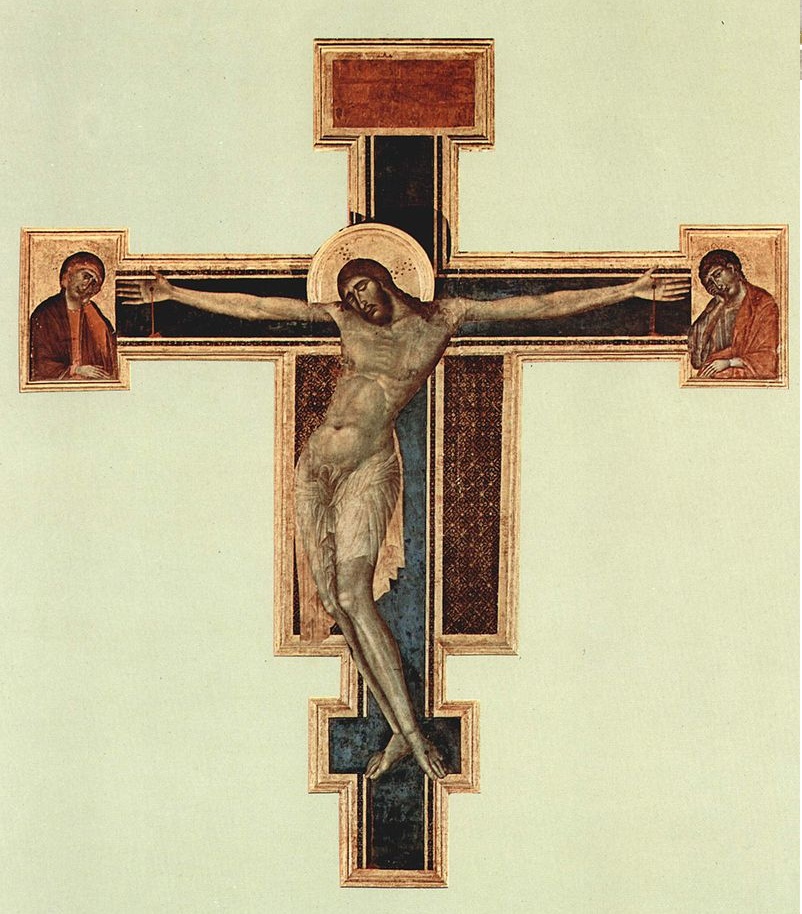
THE LAST SUPPER
Cimabue (c1280)
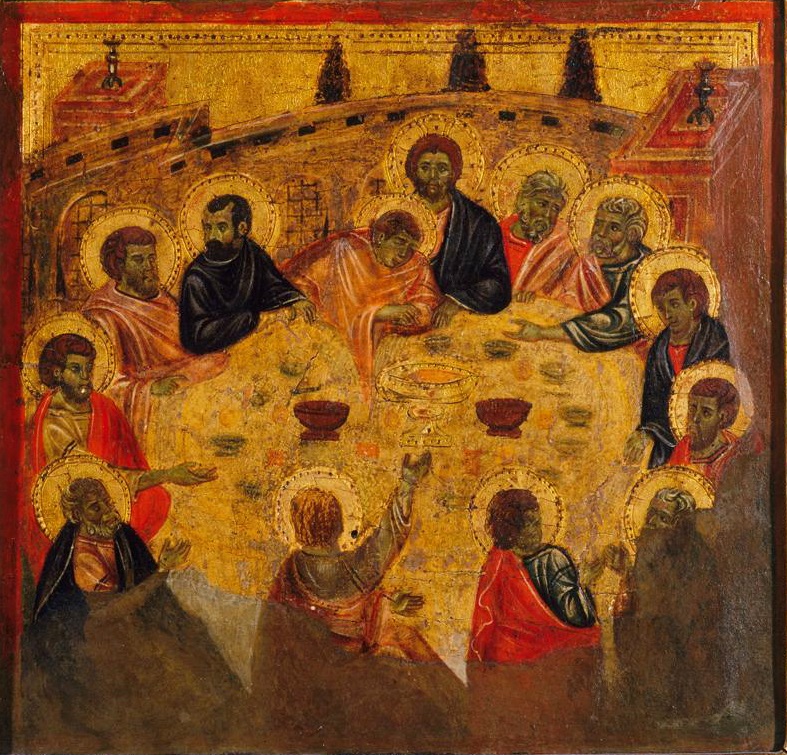
MADONNA DI CASTELFIORENTINO
Cimabue (c1280)
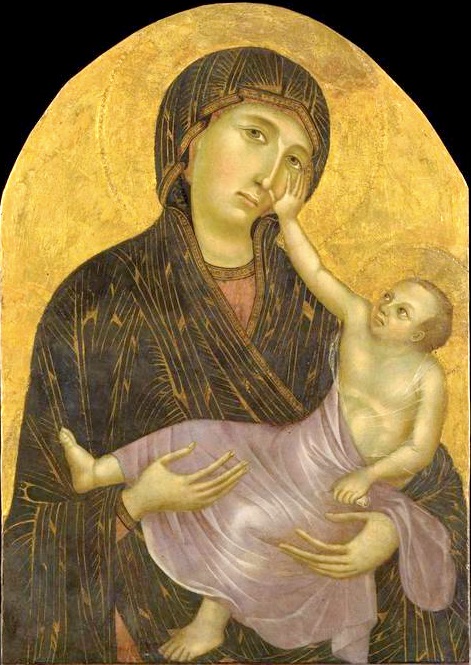
PROPHET
Cimabue (c1280)
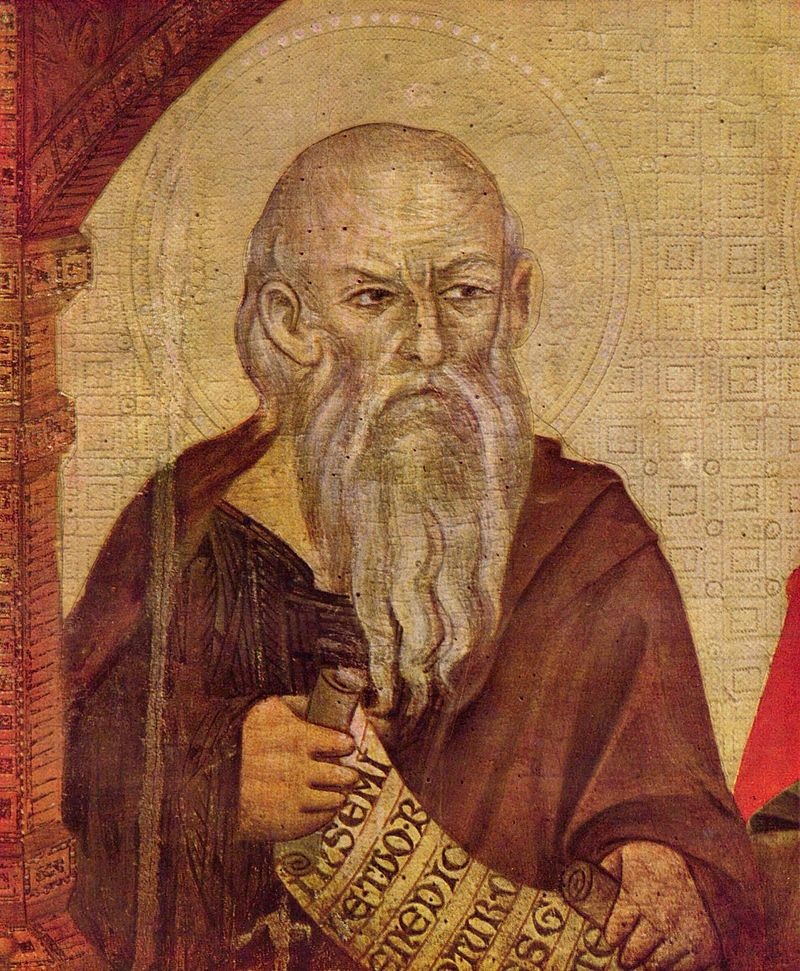
APOSTLE JOHN
Cimabue (c1280)
